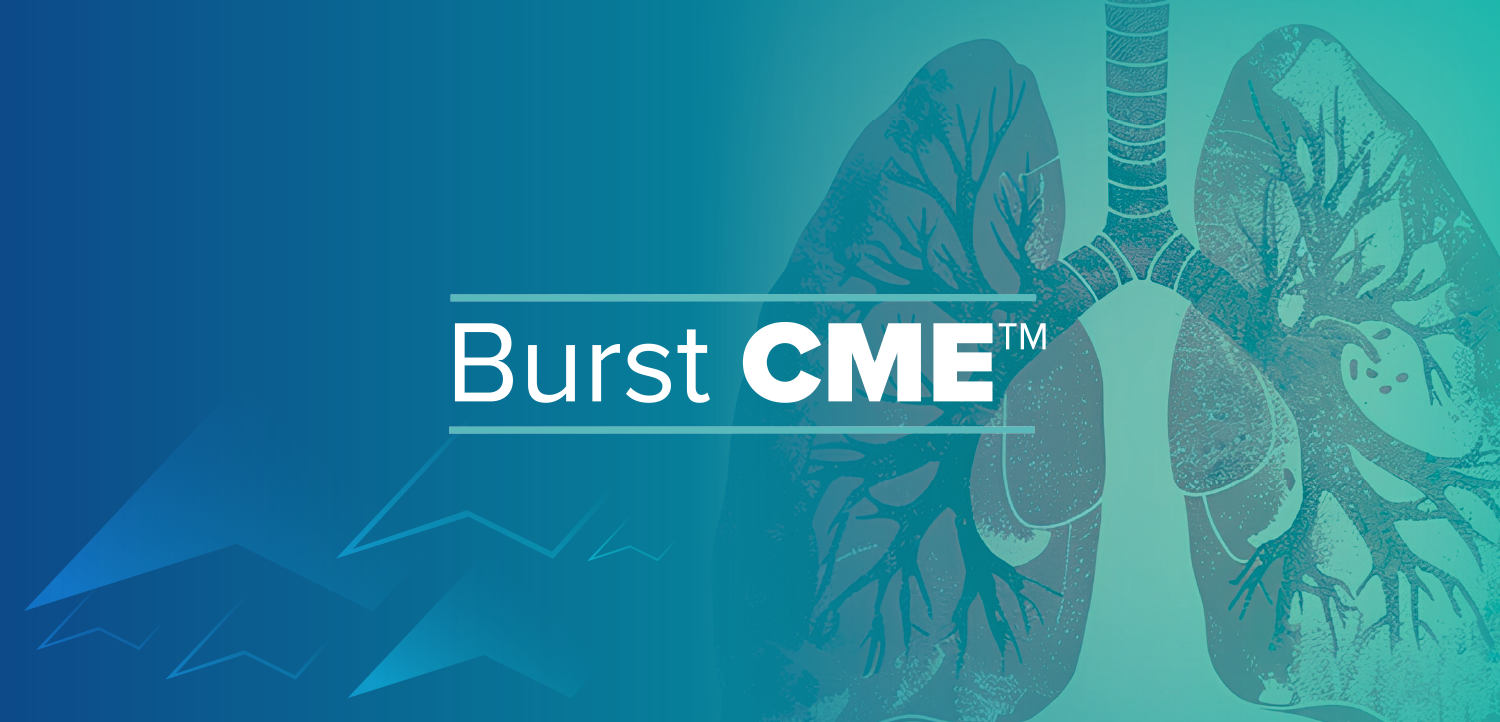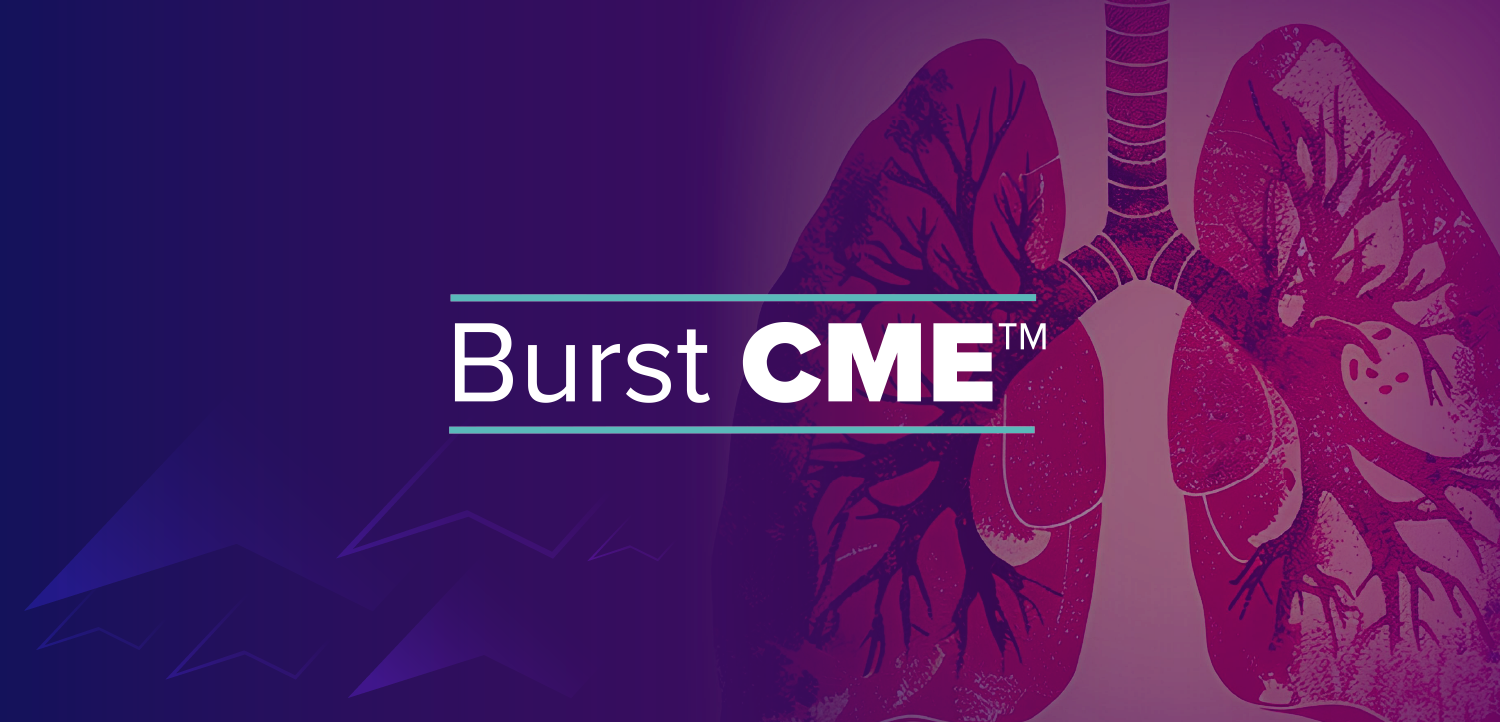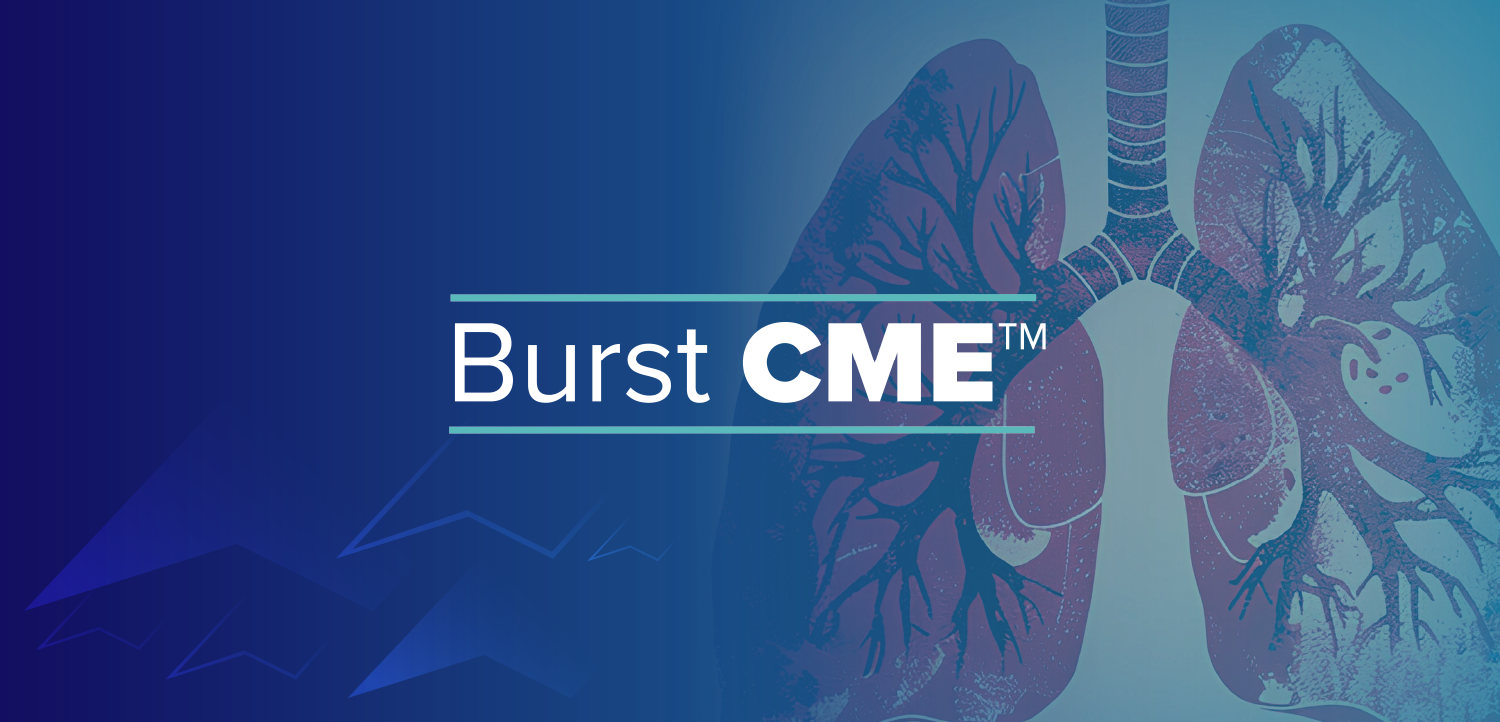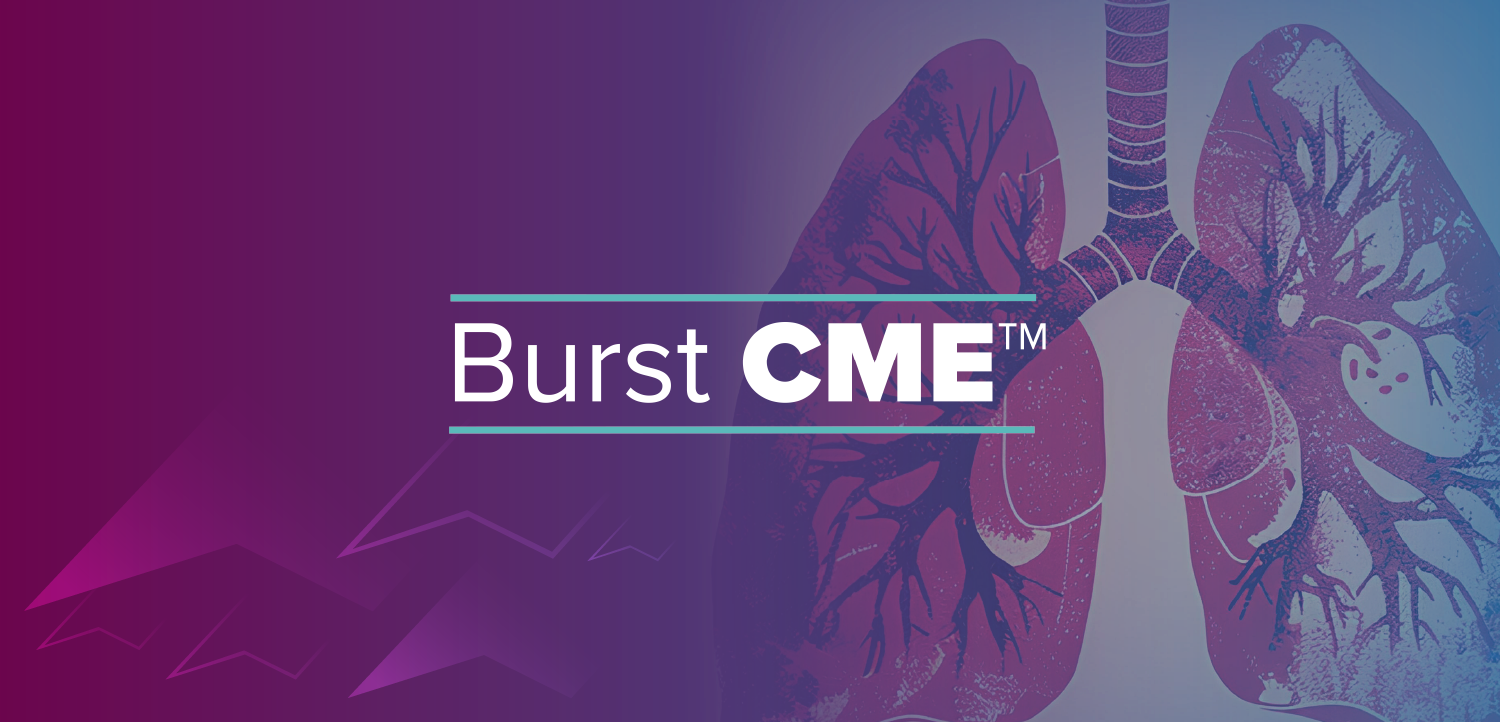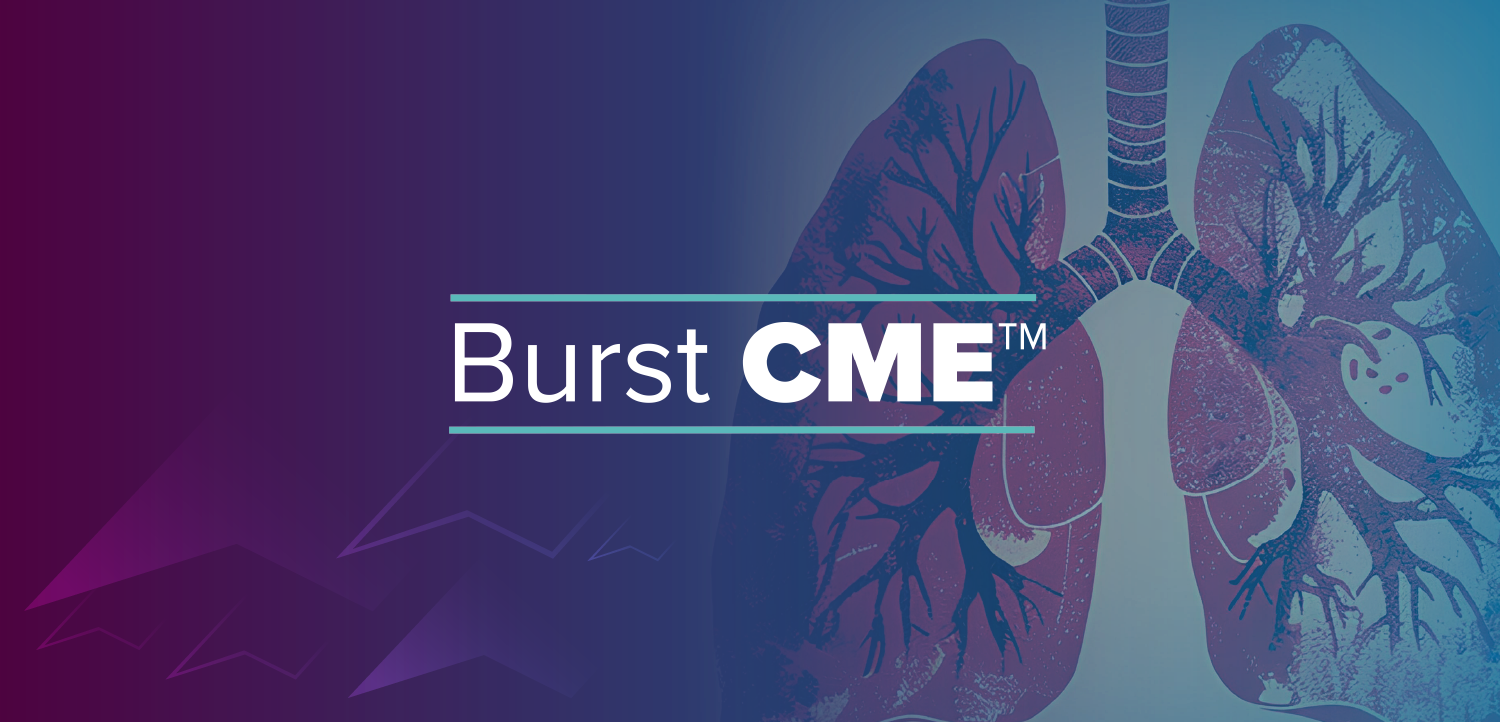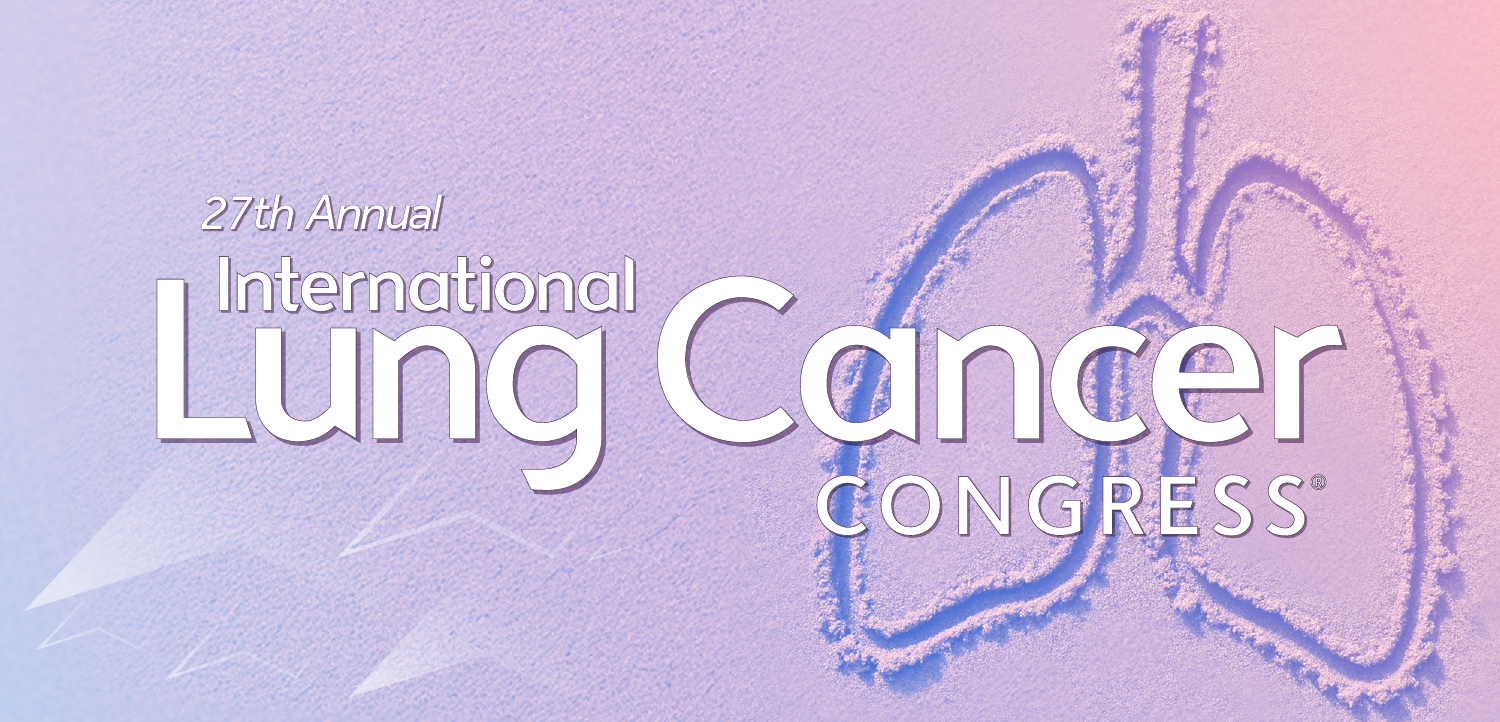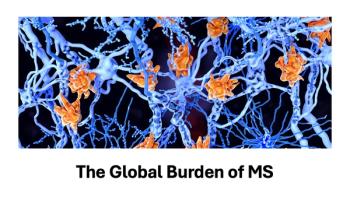
Respiratory virus Enterovirus D68 hits hardest in kids with asthma
About 1,000 cases of the respiratory illness caused by Enterovirus D68 have been confirmed in 10 states in the United States so far. Many of these children are being hospitalized for it.
About 1,000 cases of the respiratory illness caused by Enterovirus D68 have been confirmed in 10 states in the United States so far. Many of these children are being hospitalized for it.
“This particular enterovirus is seen uncommonly. When it does cause disease, it usually causes a respiratory tract infection-runny nose, cough, etc.,” according to Michael Brady. MD, a pediatric expert in infectious disease at Nationwide Children's Hospital in Columbus, Ohio. “Fever can also occur, particularly in younger children.”
There are more than 100 different enteroviruses, according to Dr Brady. “They typically are prevalent in the summer season in non-tropical regions and year-round in tropical regions,” he said. “They can cause different clinical syndromes. For example, polio is caused by 3 different enteroviruses, poliovirus 1, poliovirus 2 and poliovirus 3. However, most enterovirus infections cause respiratory
The enterovirus, Enterovirus D68, causing this outbreak was first identified in 1962, according to Dr Brady, however, he suspects that it was around prior to that date.
What was unusual in this outbreak was that many children’s hospitals around the country were noticing a significant increase in the number of children coming to the emergency rooms for
“The hospital census was starting to appear like what is typically seen during the winter respiratory virus season,” he said. “Many of the hospitalized children had severe respiratory disease-hypoxia, difficulty breathing and wheezing. While some of the hospitalized children were previously healthy, the majority had a history of wheezing or asthma. The mean age of the children was between 4 and 5 years of age. These ages are older than we usually see during the winter season.”
This outbreak was unique because it occurred in the summer season; was caused by a rare enterovirus; affected older aged children; and had a greater impact on those with history of wheezing or asthma.
“This is probably not a priority for formulary managers,” Dr Brady said. “There’s no specific antimicrobial therapy. Treatments are standard for severe respiratory tract infections and wheezing.”
Related:
Newsletter
Get the latest industry news, event updates, and more from Managed healthcare Executive.








